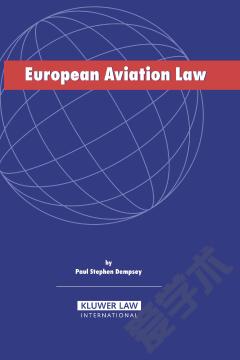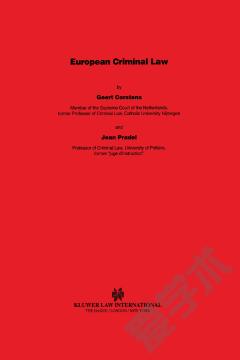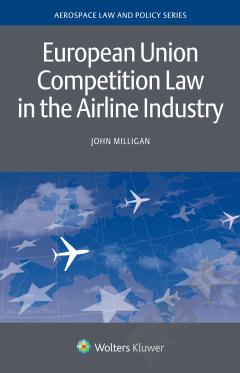European Aviation Law
Once a byword for the economic power of national government - with competition strictly regulated - European commercial aviation has now virtually become a market without state-imposed anticompetitive restrictions. Although intended to enhance competition, this situation has in fact driven airlines to form massive global alliance cartels that offer ever-shrinking benefits to the consumer.In this extraordinary thorough, blow-by-blow analysis of how this happened - or was allowed to happen - one of the world's most eminent aviation law authorities explores the subject with a lucid insight fully informed by historical breadth and keen appreciation of current pressures. Commercial aviation emerges as the crucible par excellence of the convergence of prevailing global ideology, economics, and international law.Among the numerous interrelated topics investigated in depth by Professor Dempsey, the following may be mentioned:- the principal actors, including scores of airlines, the European Union, and a number of air transport associations;- the labyrinth of bilateral air transport agreements;- the relevance of the Treaty of Rome's competition rules and the EU merger regulations to air transport;- the important Court of Justice cases that circumscribed the zone of application in which the competition rules can regulate air transport: French Seamen's Case, Transport Policy Decision, Olympic Airways, Nouvelles Frontières, Ahmed Saeed, and the 2002 'Open Skies' Decision;- the 1991 U.S.-EC agreement regarding the application of competition laws;- the sequence of EU aviation regulatory 'packages';- regulation of non-economic issues (air traffic congestion, noise limitations, air carrier liability, civil aviation accident/incident investigations, denied boarding compensation);- the effect of the U.S. government's increasing invocation of antitrust immunity;- computer reservation systems (especially code-sharing procedures);- jointly-owned web sites for ticket sales and other e-commerce joint ventures;- frequent flyer program alliances; and- the emergence of global megacarriers.The author's presentation emphasizes the regulatory constructs that currently affect the European air transport market: pricing and tariffs, pooling of revenue, market access (licensing, capacity limits, traffic rights, and slot allocation), ground handling, cargo services, state aid, and the power of the EU to act on the commercial aviation world stage for Member States. Each of these areas of analysis begins with an overview of the general regulatory environment for that area followed by a detailed chronological delineation of relevant packages, proposals, resolutions, and regulations.Because of the enormous role played by international air transport with respect to gross national product, employment, and energy consumption, European Aviation Law is of great importance not only to European lawyers but to officials, policymakers, practitioners, and academics in a number of relevant fields worldwide.
{{comment.content}}








 京公网安备 11010802027623号
京公网安备 11010802027623号